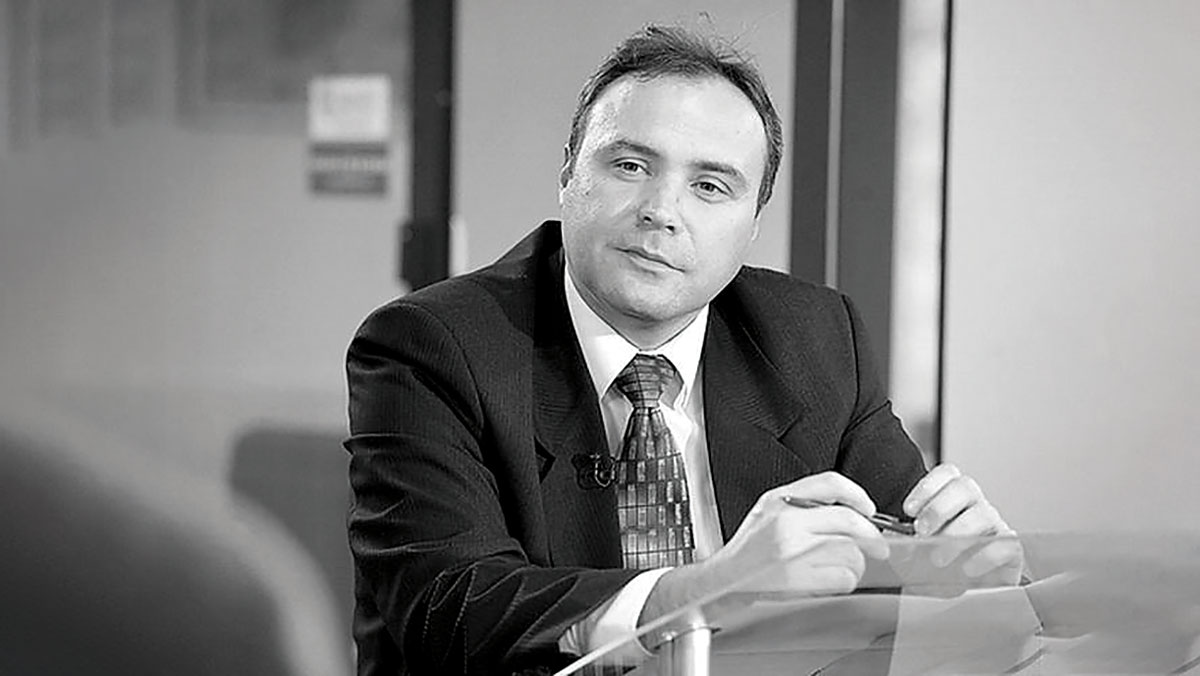Every year, people die in Romania from preventable causes. Gas leaks claim 100 times more lives in Romania, based on 50,000 km of distribution pipelines, than in Western Europe. Behind these cold figures lie painful stories: whole families destroyed in an instant, children losing their parents, people left homeless and without hope. All due to carelessness, negligence or lack of information.
More often than not, tragedies don’t happen by “bad luck”, but from a chain of small oversights: a delayed technical check, a makeshift installation, a gas smell ignored. In many homes, safety is treated as a whim, not an obligation. While checks are carried out regularly in Western Europe, in Romania they are often seen as a formality or an extra expense.
Safety of gas distribution systems in Western Europe
According to a MARCOGAZ report on the Safety of Gas Distribution Systems in Western Europe, accidents in eight countries in Western Europe were analysed between 2017 and 2022.
Total network analysed: 1.235 million km of pipelines Number of customers covered: 68.1 million Reported accidents: between 12 and 32/year (depending on year and country) Reported deaths: 7 deaths in 2019 and 13 deaths in 2021; in the remaining years (2017, 2018, 2020, 2022): 0 deaths/year. Average frequency of accidents (explosions/poisonings): ≈ 1 accident/50,000 km of network Average frequency of deaths: ≈ 0.13 deaths/50,000 km of network.
Study findings
The safety level of gas distribution networks in Western Europe is very high and constantly improving.
Most incidents have causes external to the network (excavations, human error, corrosion).
In more than 80% of cases, there were no casualties.
The death rate is 10-20 times lower than in the 1990s.
There is no tendency for the risk to increase with the age of the network if maintenance is adequate.
Safety of gas distribution systems in Romania
According to AEI (Intelligent Energy Association) estimates, the situation regarding the safety of gas distribution systems in Romania is as follows:
Total network analysed: 0.049 million km of pipelines Number of customers covered: 3.8 million Accidents: 100–300/year Deaths: Between 10 and 30 people per year Accident frequency: ≈ 150 accidents/50,000 km of network Average frequency of deaths: ≈ 15 deaths/50,000 km of network.
An analysis of the data presented shows that there are 100 times more deaths in Romania within one kilometre of a gas distribution pipeline than in Western Europe.
Conclusions
In Romania, the lack of inspections and overhauls of gas installations is a frequent cause of accidents, compounded by the negligence of consumers and companies authorized to work with natural gas.
Romania’s gas distribution infrastructure is at a critical crossroads: although coverage is increasing, safety is well below the European average.
However, experience in Western Europe shows that with sustained investment, preventive maintenance and public education, the risk can be reduced more than 50-fold in less than a decade.
In AEI’s view, the following are needed:
Changing the way in which checks, overhauls and repairs are carried out on gas installations. Accelerating infrastructure modernization – complete replacement of old metal pipelines. Implementation of predictive maintenance – using sensors, AI, and databases to detect critical points. Strict control of residential installations – mandatory inspections and penalties for non-compliance. National gas safety awareness campaigns. Transparency in incident reporting – creating a public register of accidents and causes. Full digitization of operators – for real-time monitoring and rapid intervention.
It is time to realize that life is priceless. A simple check can make the difference between a peaceful evening and tragedy. A pipeline repaired in time can save an entire family. Each of us has a responsibility to be vigilant, to prevent accidents, and to demand compliance with safety regulations.
We can no longer ignore reality. But we can change that. Through information, responsibility and respect for life.
Safety starts with each of us.
